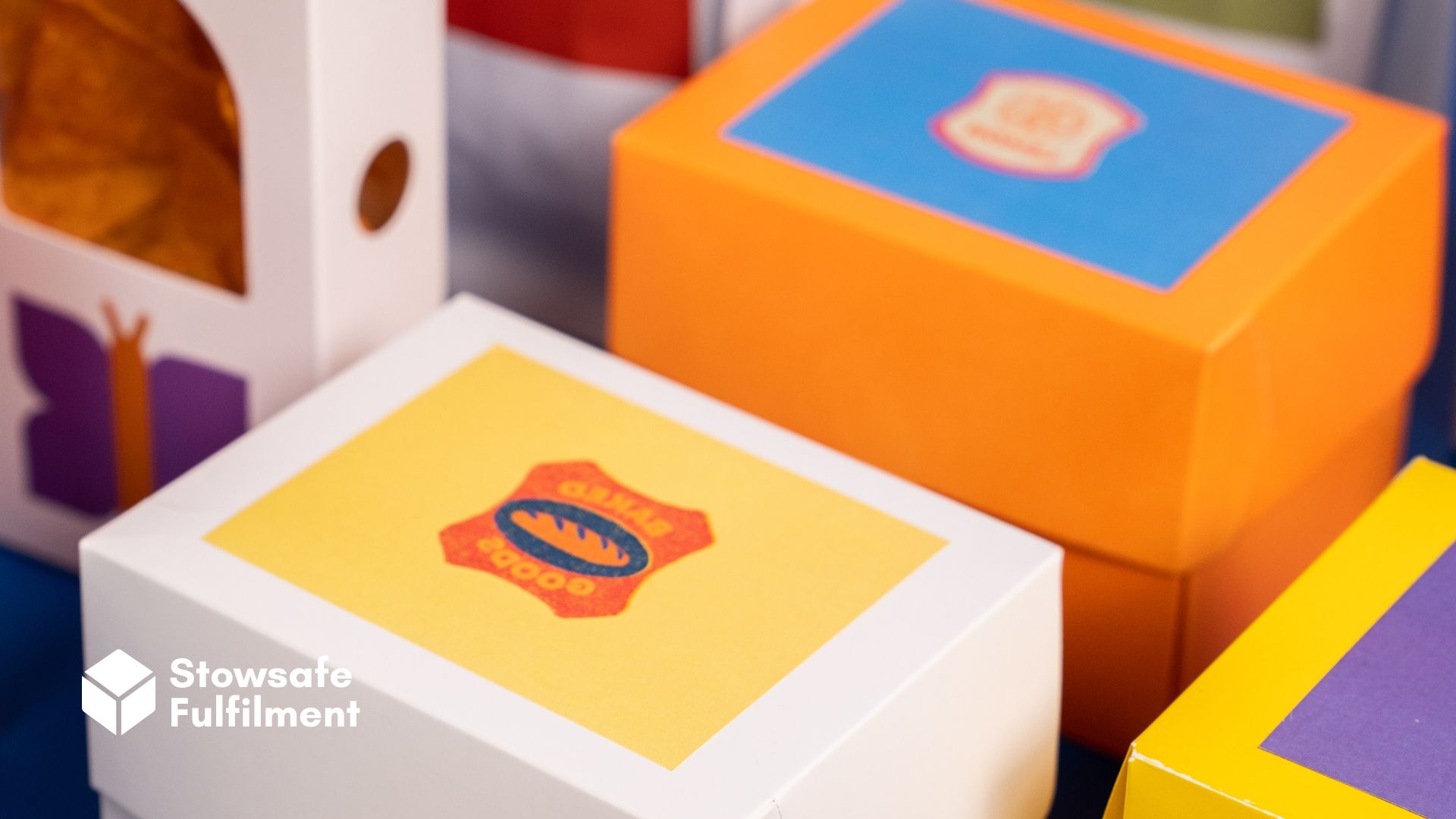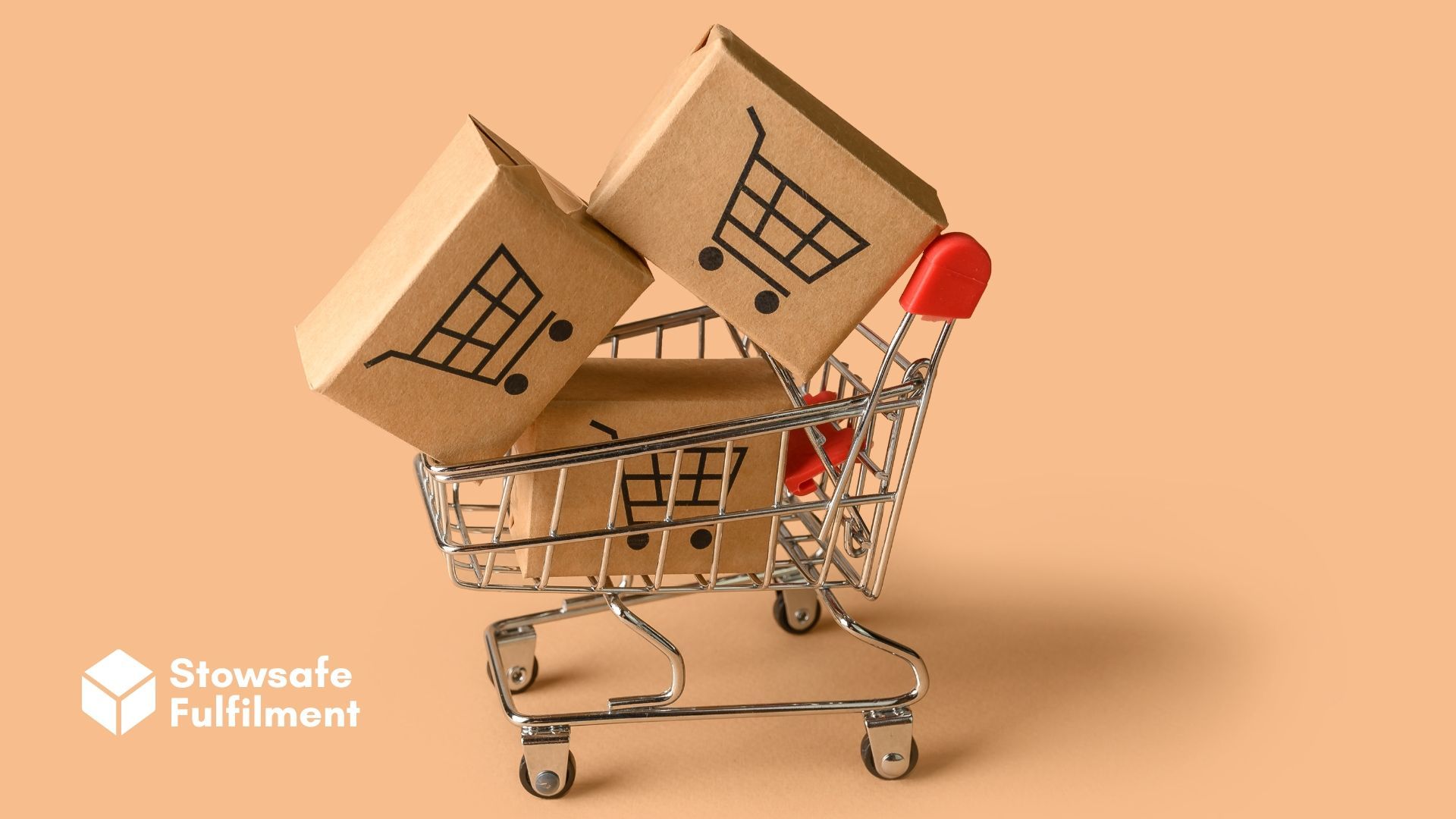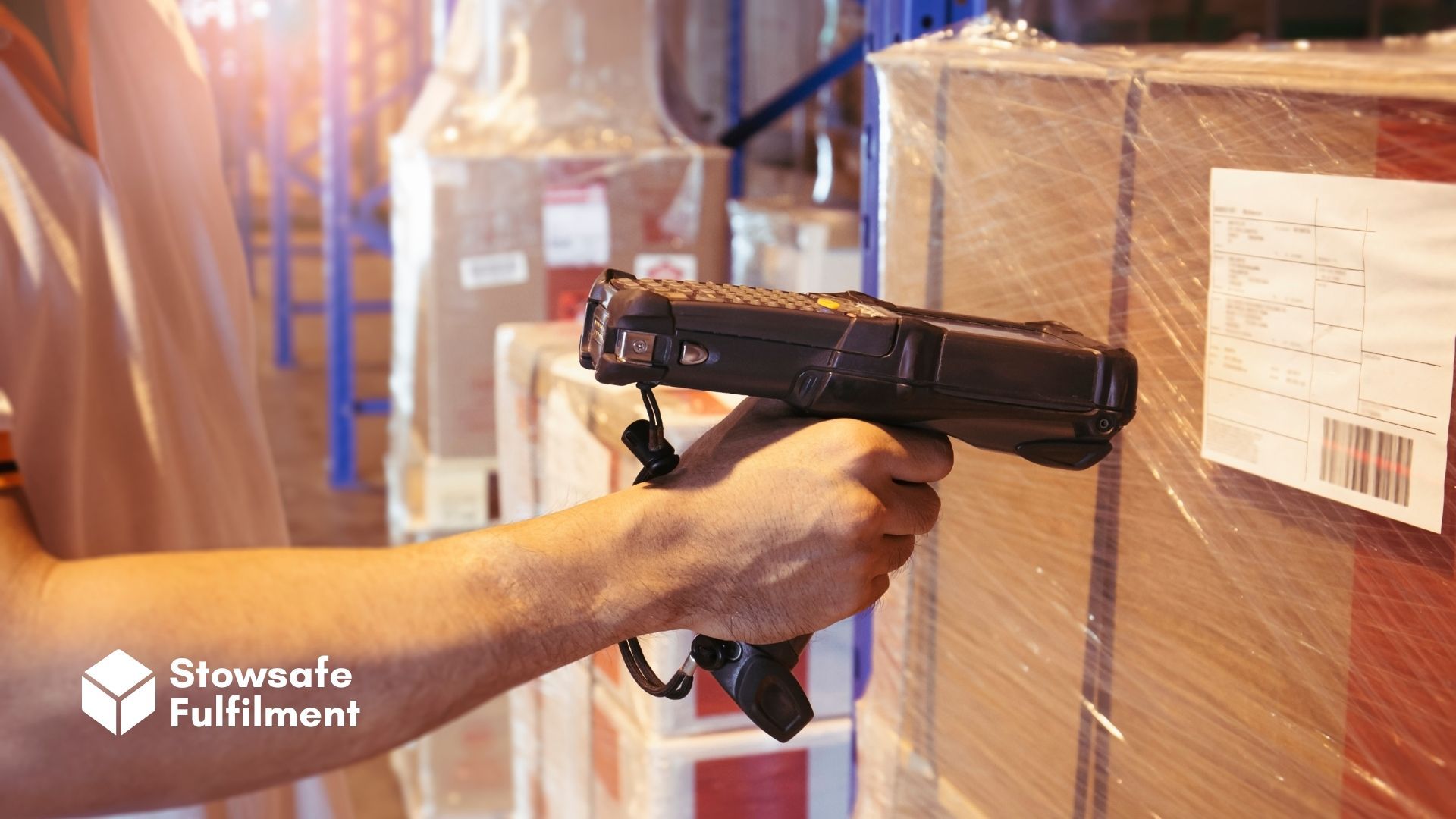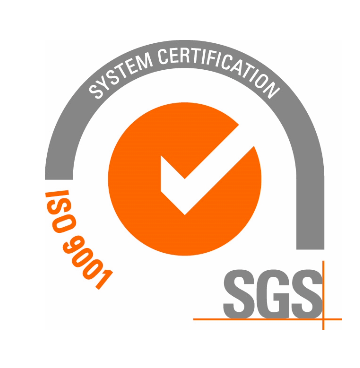Shopify is a great tool for any budding eCommerce entrepreneur. But which Shopify plan is right for you? Find out in our 5-minute guide.
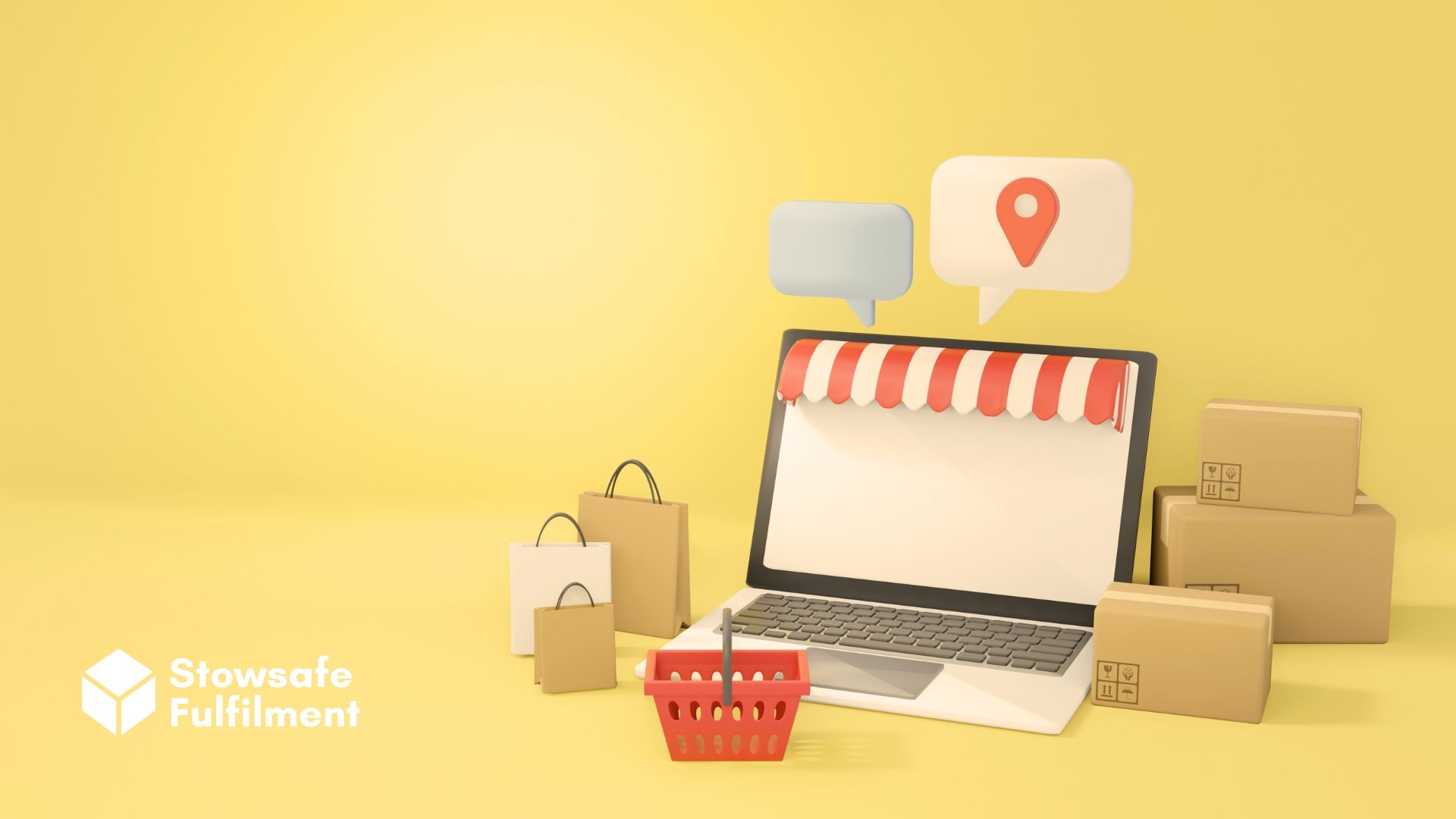
So you're thinking of becoming an eCommerce entrepreneur?
That's great news!
Did you know that using an eCommerce platform like Shopify could help get your business off the ground? It provides an easy way to create a secure, user-friendly website – with eCommerce functionality built right in.
In this article, we walk you through the different service level packages that Shopify offers, to help you nail these first steps to becoming the next ASOS or Amazon. (Hey, we can all dream.)
A note about Shopify's free trial
First and foremost, Shopify offers an initial 14-day free trial. This is very useful because it gives you a couple of weeks to feel your way around the site, become familiar and get hands-on with the available tools.
That way, once you've put your money where your mouth is, you'll already be relatively confident and can get cracking with the important stuff – like selling!
How to get started with Shopify
Shopify can help you tackle a wide range of tasks for the launch of your eCommerce business – not just your website.
Using the "Solutions" part of the site guides you through four sections: "Start", "Sell", "Market" and "Manage". Working through these four sections will give you a complete roadmap to get your business online, start selling your products, handle order fulfilment and actively seek out new customers to build your business.
In the "Start" section, you begin with building your business identity – your brand. Shopify tools then help you to put your eCommerce website together, register your domain name and customise your site so it's user-friendly and represents your business well. There's also the opportunity to integrate different apps into your website to enhance functionality and user experience.
Shopify then takes you through the "Sell" part of your journey, covering the essentials such as setting your business up to accept online payments. It then tells you how to sell and grow online, taking care of key information on how to sell internationally and the differences between selling wholesale to other businesses or to individuals.
The "Market" section within Shopify teaches you how to retain and reach more customers, helping your business to grow. There are also ways to integrate social media platforms within your site to ensure your brand and products are seen far and wide.
Handily, Shopify can also help you to build a mailing list through your site and send email marketing communications to your customers, all in one system. There are also insights collated for you so you can see what's working and what needs attention.
Finally, the "Manage" section of the site takes you through the order fulfilment part of the sales process. This section explores how to track sales and orders and manage stock levels.
Which Shopify pricing plan is best for your business?
Now onto the plans themselves. There's a lot of detail in the packages, so if you're seriously considering using Shopify, we recommend pouring a large mug of coffee and digging into the details with a pen and paper to make notes. Right now, we'll take you through the key benefits and differentiators of the three packages on offer.
The Shopify Basic pricing plan
Firstly, the Basic package costs £25 per month – or the equivalent of £19 per month if you pay annually. It's worth noting that everything that's included in this plan is included in the two other plans.
With the Basic plan, you of course get the nuts and bolts that you need to get started:
- Your online store with an unlimited number of products
- 24/7 customer support
- A free SSL certificate to keep your site and customer information safe
- Marketing automation to build your customer journey
The Basic plan also gives you features to enable seamless trading online – and in person, in case you're planning to have a shop, stall or pop-up shop. Additionally, it lets you chase down potential sales online through retargeting.
Included in the price you get two staff accounts. You can create discount codes, create customer segmentation to enable you to retarget customers with marketing communications, create gift cards and email customers who have got part way through a purchase and abandoned their cart.
You are also furnished with the Shopify POS Lite system, which enables you to take in-person payments using the same system that powers your website. This is a great benefit in terms of tracking your sales, keeping your website up to date and stock control.
The Shopify pricing plan
This level – simply called "Shopify" – is priced at £65 per month, or the equivalent of £49 per month when paying annually. The first difference to note between this and the Basic plan is that you get three additional staff accounts. This is important as you scale your business.
What will also help with scaling up is that this pricing level is where the sales process automation kicks in. The Shopify pricing plan allows you to automate manual tasks and build out your own workflows to streamline your operations.
Reporting is more detailed at this level than the basic plan, again taking you further in terms of insights and business development. The only other major difference is the transactional fees that are charged when customers pay for their goods via various methods.
The fees decrease as your monthly fee increases, but it's best to check these fees with Shopify at the point at which you are ready to launch, as they may be subject to change.
The Shopify Advanced pricing plan
The third and final pricing level is priced at £344 per month – or £259 per month if paid annually.
This level is a big step up in cost, so it must give you much more for your money, right? Well, let's take a look at the differences between this plan and the mid-tier Shopify plan.
It has all of the features previously mentioned but with extra staff accounts (15 in total), advanced reporting and even lower transactional fees. But the biggest differences are a couple of unique features that are only available as standard with this plan.
At this level, you can show shipping rates from a third party, meaning customers can choose different carriers to ship their purchases – and they will see the exact cost for this before making the purchase. This helps keep your pricing accurate and your customers happy.
The other big differentiator is a tool to help with duties and import taxes. At this level, Shopify will estimate and collect duties and taxes at the checkout.
This gives your customer total transparency and reduces the chance of additional charges on delivery – or even your items being returned or refused. This is a game-changer if you are looking to grow your business, as it makes it far easier for you to trade internationally.
Stowsafe Fulfilment is an eCommerce fulfilment company based in southwest England. Our state-of-the-art warehouse management system integrates with all major eCommerce platforms, including Shopify. Want flexible, scalable Shopify fulfilment support from a trusted provider? Please don't hesitate to get in touch.
All Rights Reserved | Stowsafe Fulfilment




